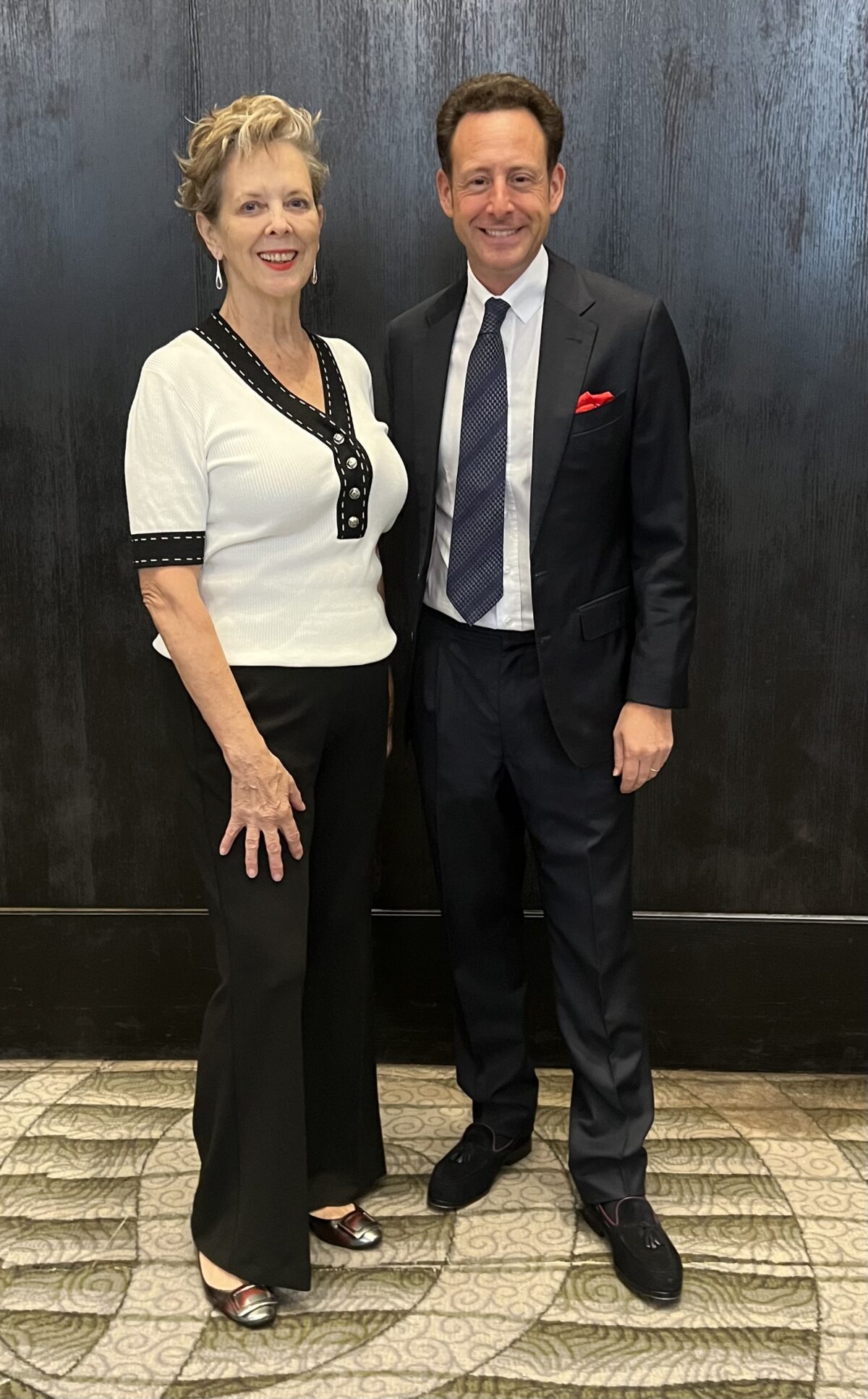For the first time since its inception in 1996, the congress will grace the soils of South America, choosing the Andean landscapes of Mendoza, Argentina.
The three-day event is co-hosted by the Facultad de Ciencias Agrarias University of Cuyo, IBAM (Instituto de Biologi´a Agricola de Mendoza) and the Catena Institute of Wine.
Scientific Sessions include:
A | Soil
Innovation in terroir studies
Physical, chemical, and microbiological properties of soils
Soil health indicators
Adaptation to soil through viticultural practices
Performance of rootstocks in different soils
B | Climate
Projections and scenarios of climate change
Climate change impacts
Climate-related challenges and opportunities for viticulture
New technologies to assess climatic parameters
Index and climate characterization
C | Plant material and management
Selection of plant material and management practices in response to climate change projections
Epigenetic mechanisms in grapevine acclimation
Impact of soil and climate change on vines, wine quality and typicity
Adaptation to climate through viticultural practices
Grapevines phenotypic plasticity in response to changing environments
D | Malbec
Historical journey and terroir expression
Studies of Malbec cultivation and winemaking in Argentina and worldwide.
Properties of Malbec wines cultivated in different regions.
Insights from attending experts:
Dr. Laura Catena – Local wine producer, Catena Institute of Wine
“We are excited to greet sommeliers, wine lovers and wine trade who are interested in the subtleties of wine terroir. The study, preservation and celebration of terroir depend on the interest that wine lovers and consumers develop for this most important topic. The combination of an extraordinary natural setting, exciting presentations, and local food (bountiful asado-barbecue) and wine hospitality should make attending this year’s Terroir Congress in Mendoza the experience of a lifetime.”
Dr. Luciano Calderon – Argentinian geneticist and leading author of Malbec’s genome sequencing project
“As a geneticist, I consider that terroir is a combination of multiple variables, which all together constitute the scenario able to bring up the best or the worst of any combination of genes. Each cultivar, each clone and each plant is a unique combination of genes that expresses flavor in different ways, depending on its growing context, the terroir.”
Dr. Rodrigo Lo´pez Plantey – Professor and local symposium organizer at FCA UNCuyo, Argentina
“It’s a unique opportunity for Argentina’s wine industry to connect and collaborate with the international scientific community, together advancing our sector’s future.”
Dr. Kees Van Leeuwen – Bordeaux’s leading terroir academic
“The concept of terroir relates wine to its origin, the place where it is produced. Multiple terroir factors, including soil and climate, craft the taste of wine. Many researchers around the world work on explaining the mechanisms involved. These researchers gather once every two years since 1996 at the International Terroir Congress. The congress will take place for the first time in South America, in Mendoza, Argentina, from 18-22 November 2024. It is a unique occasion for an update on the most exciting terroir research and an opportunity to meet researchers from the terroir community in person.”
For further details and registration please visit https://congressterroir.com.ar
Source: www.congressterroir.com




